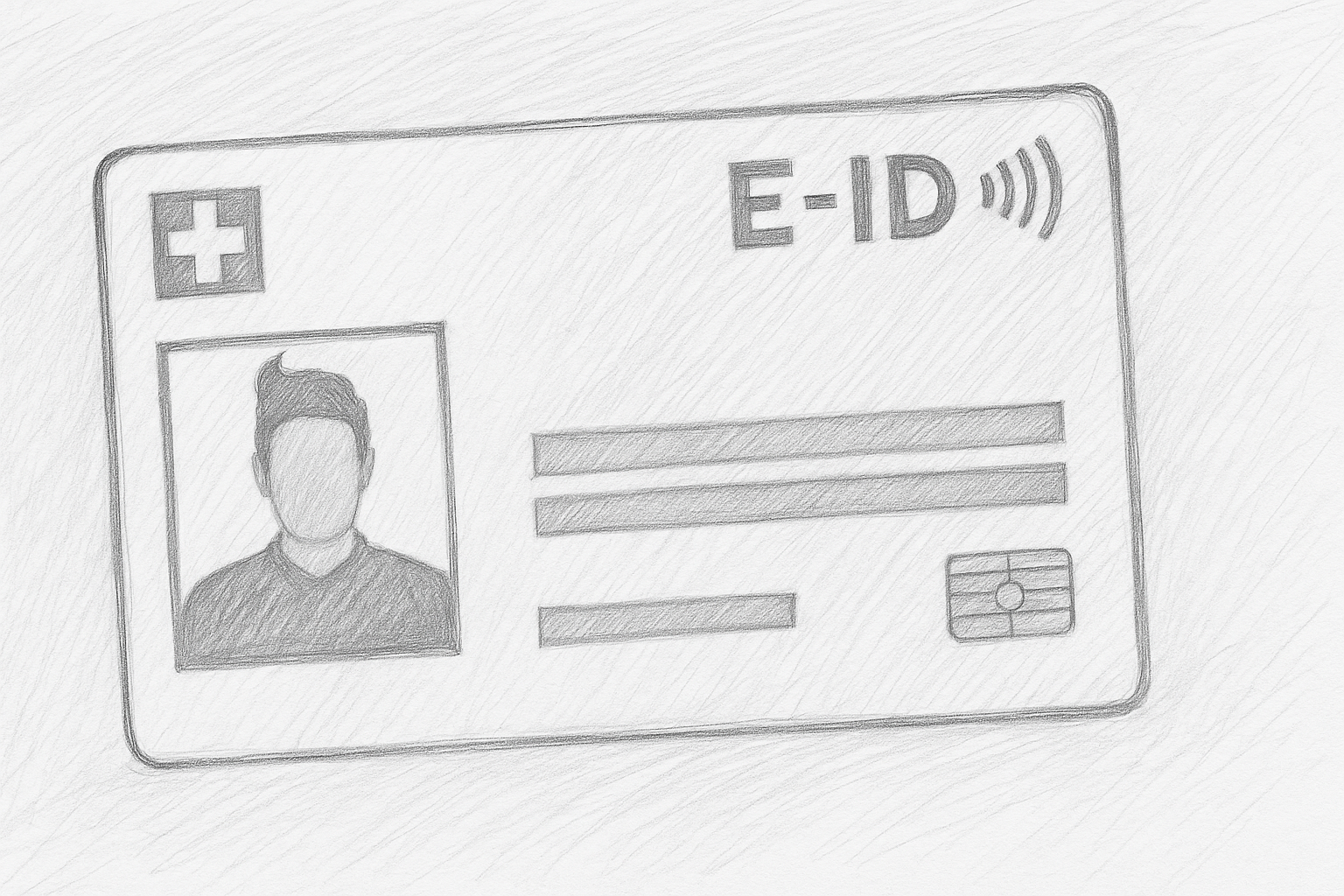The latest from the world of corporate actions

Latest posts

e-ID and QES: How Digital Identity and Signature Revolutionise Corporate Actions
In the second part of our blog series, we show how combining e-ID and Qualified Electronic Signature (QES) drives the digital transformation of Corporate Actions. Together, they form the foundation for fully digital and legally binding processes – from virtual general meetings to commercial register filings. Konsento integrates these technologies to enable faster, more secure, and seamless electronic signing.

Swiss e-ID: The Digital Identity Key to Efficient Corporate Actions
The new Swiss e-ID marks a major step in the digitalisation of corporate legal processes. It enables secure, state-verified identification and builds trust in Corporate Actions such as general meetings, capital increases, and notarizations. In this first part of the series, we show how Konsento integrates the e-ID to streamline identity verification, enhance legal certainty, and pave the way for fully digital corporate governance.

Transparency Act and Transparency Register: What Swiss SMEs Need to Know
What is the Transparency Act (TJPG) – and what is the Swiss Transparency Register? The new law requires Swiss companies to identify their beneficial owners and record them in a central, non-public Transparency Register. Its goal is to increase transparency around ownership and control structures and to strengthen the fight against money laundering. This article explains which entities are affected, what duties apply to companies, shareholders, and beneficial owners – and how businesses can already start preparing. Digital solutions such as the Konsento share register provide a legally compliant foundation for future filings with the Transparency Register.

Capital increase with convertible loans: preserving confidentiality and avoiding mistakes
Many boards of directors underestimate that during a capital increase by setting off a convertible loan (Convertible Loan Agreement – CLA), investor identities must be disclosed in the articles of association – a major breach of confidentiality. This article explains the differences between ordinary, authorized, and conditional capital increases, showing why only the latter truly protects shareholder privacy. Companies using CLAs should therefore establish conditional capital early on to avoid mandatory disclosure.

Share Register or Securities Ledger? The Decisive Difference for Registered Shares
The share register – also known as the share book – is the central record for registered shares of a Swiss AG. It legitimizes shareholders towards the company and forms the basis for voting and participation rights. In addition, there are securities registers for simple uncertificated securities and ledger-based securities, enabling the management of shares without physical certificates. This article explains the legal foundations and the difference between share register, share book and securities register – and why a digital share register can serve as both. With Konsento, companies manage their share register and securities register digitally, fully compliant with Swiss law, including transaction history and the register of beneficial owners



.jpg)